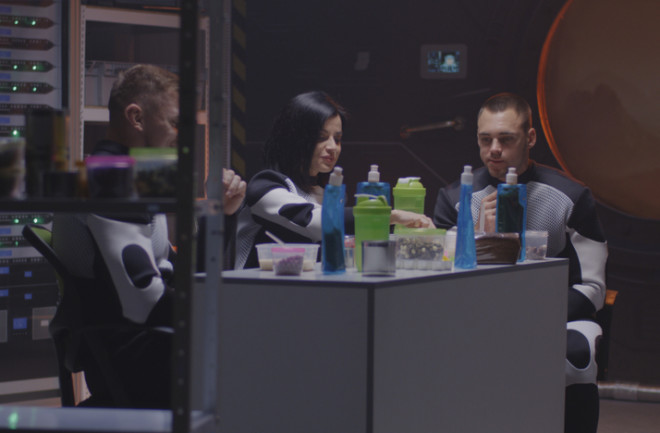At the heart of humanity’s grand odyssey into the cosmos lies a problem that needs to be solved. The success of our final frontier journey — the reality of settling humans long-term on the moon, Mars, and beyond — hinges on our ability to cultivate our own sustainable sustenance.
Transforming harsh, disagreeable lunar and Martian soil into a nurturing medium suitable for terrestrial plants is no easy task. Yet, it’s one that has fascinated graduate students Jessica Atkin of Texas A&M University and Sara Oliveira Santos of Brown University. In late January 2024, the two revealed that they managed to grow chickpeas from simulated lunar regolith (a.k.a. material meant to mimic moondust) with the help of fungi and worm manure. While their findings were posted in the preprint server bioRxiv, their research supports other studies in the field that are trying to grow food in space.
Finding Plant Growth in Space
Unlike soil on Earth, lunar regolith, or rock and dust, lacks the necessary nutrients and structural integrity to support any growing flora. Not only that, said Atkin, moondust is chockfull of heavy metals and other toxins that would kill a seed or stunt a plant’s growth; the moon’s microgravity can also impair a plant’s ability to effectively take up nutrients and oxygen, causing what’s known as root zone hypoxia.
To combat this, Atkin and Oliveira Santos used techniques practiced on Earth to remediate damaged soil where crops won’t grow. One such tactic involves arbuscular mycorrhizal fungi (AMF), a microorganism inhabiting soil that forms mutually symbiotic relationships with select nearby plants — essentially, the friendly neighbor who takes helping out to a whole new level.

